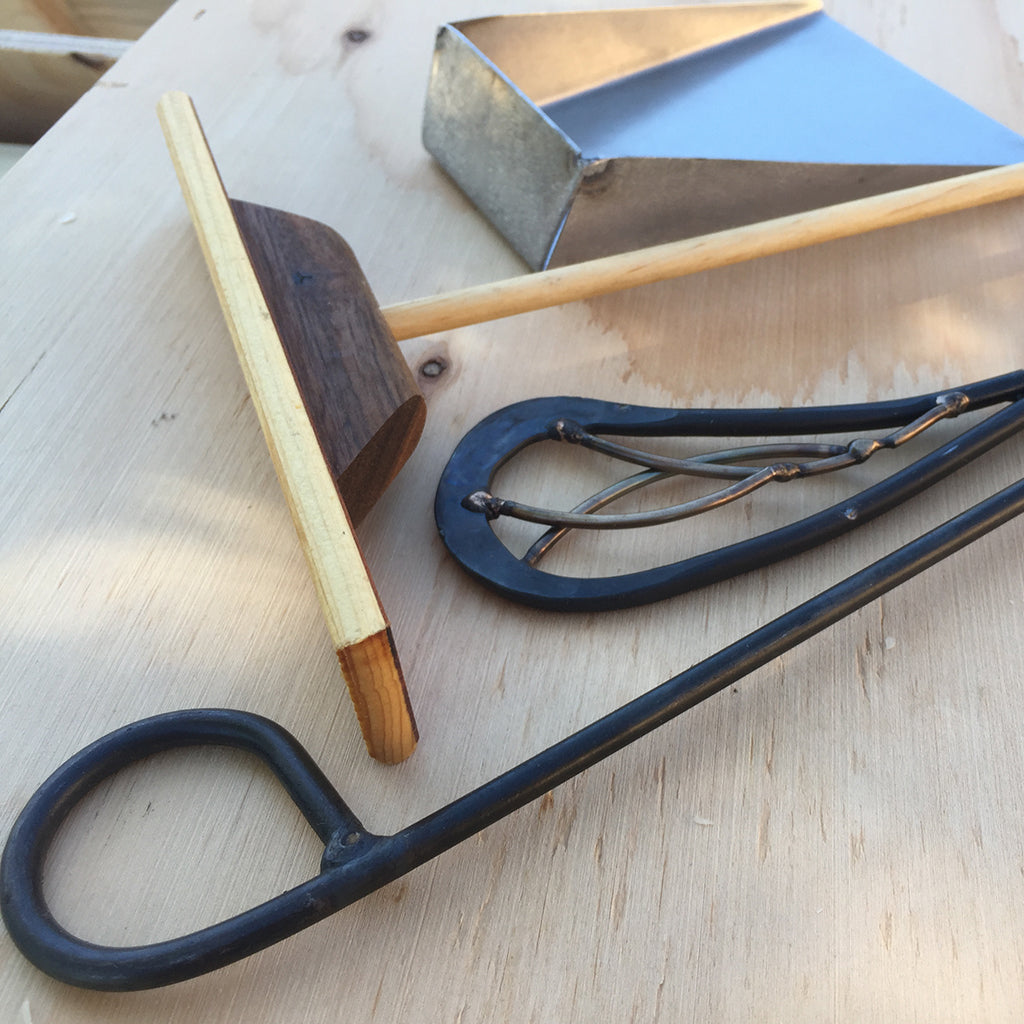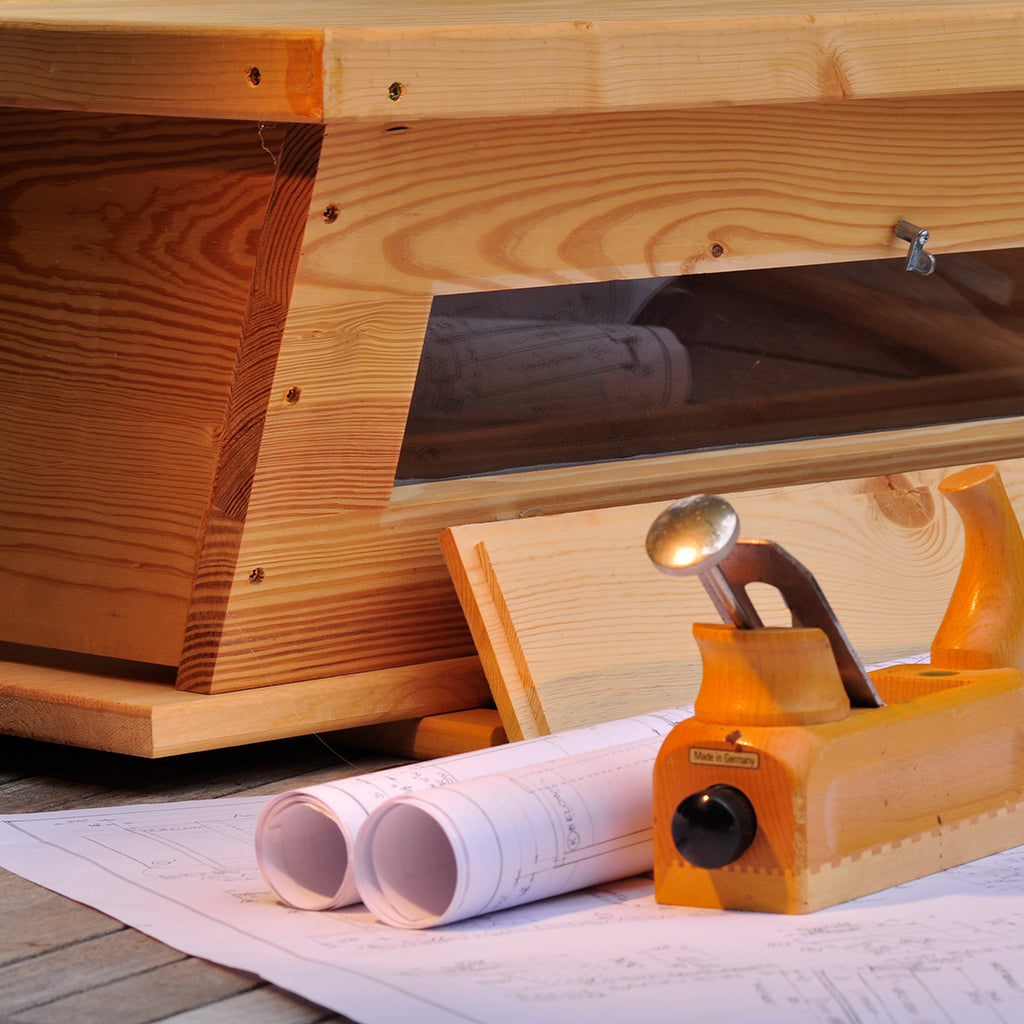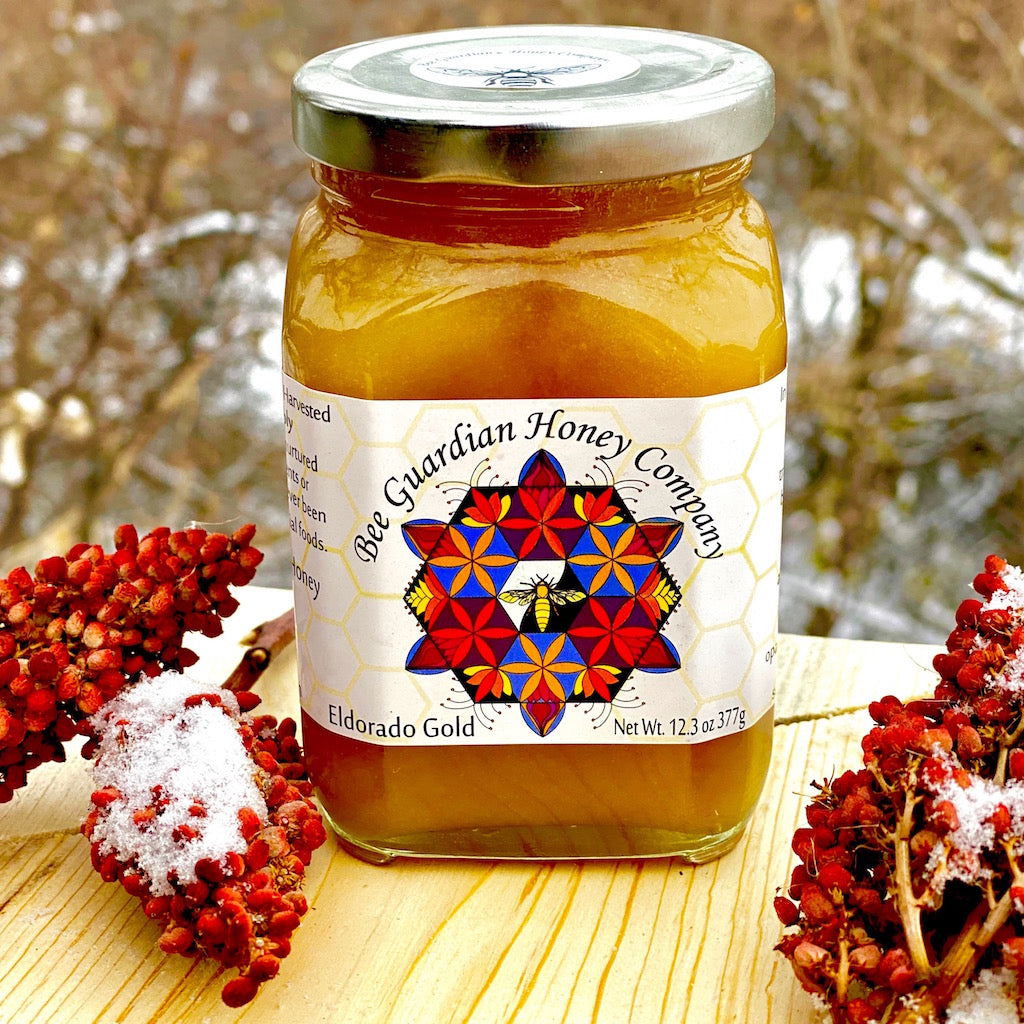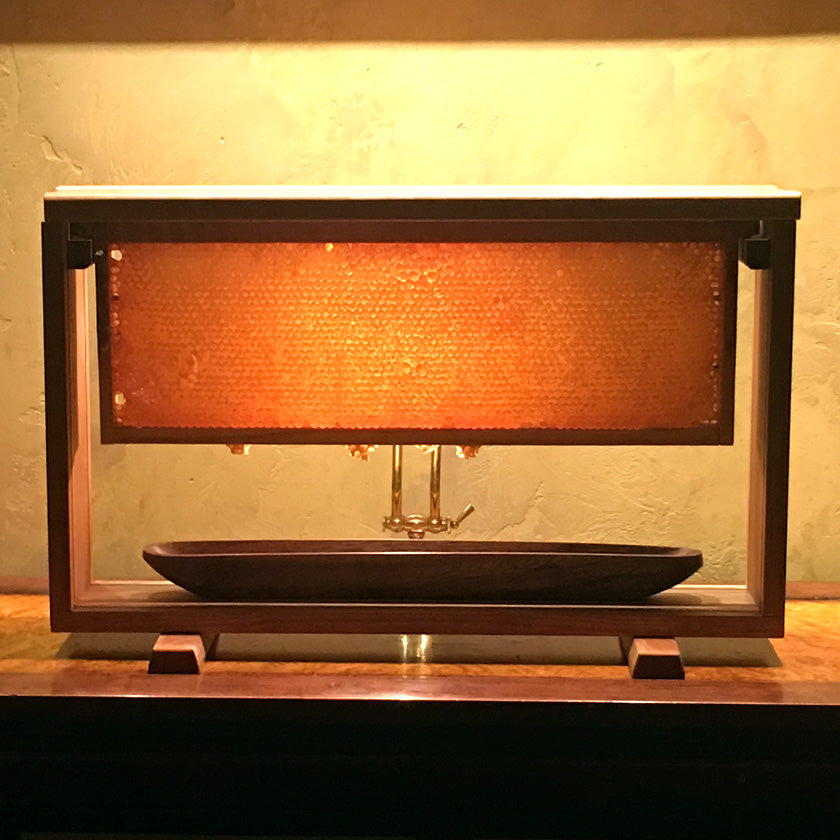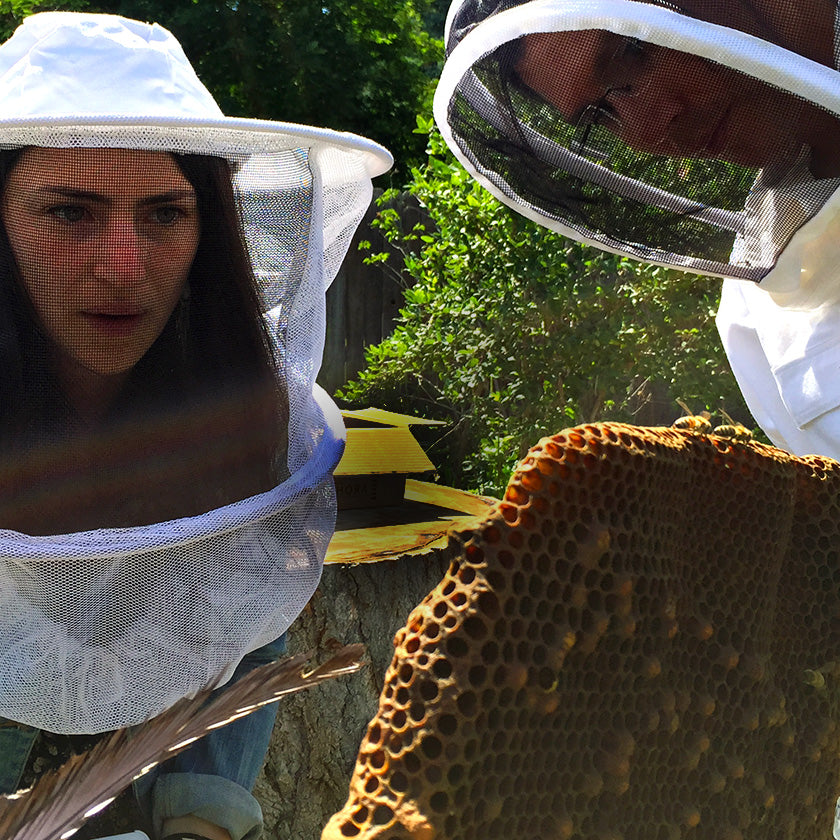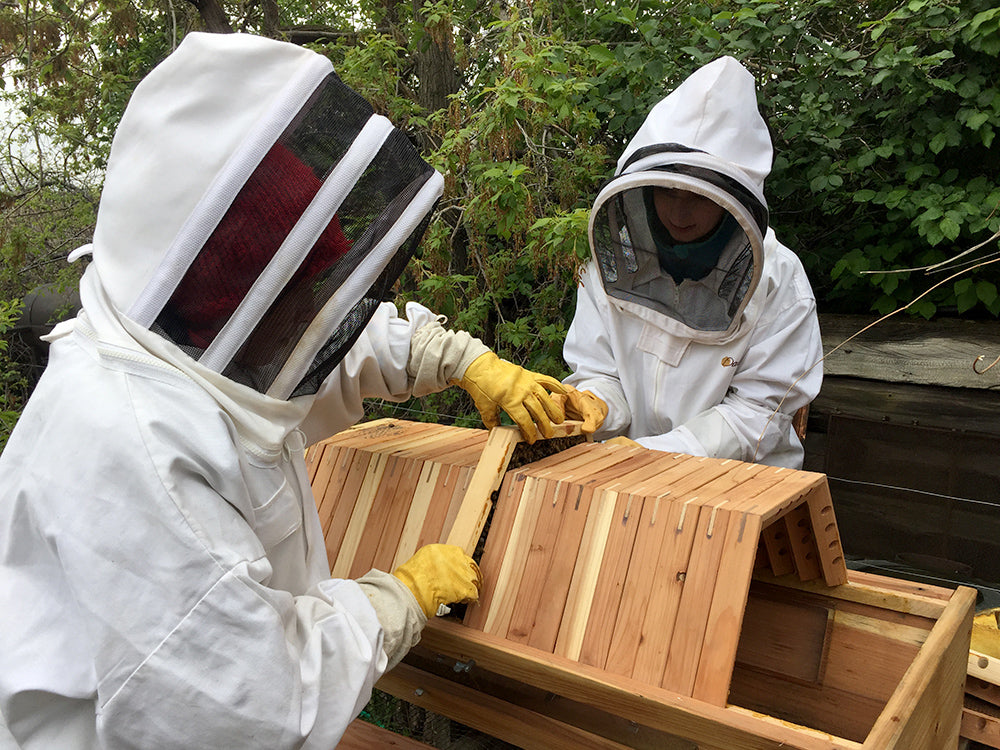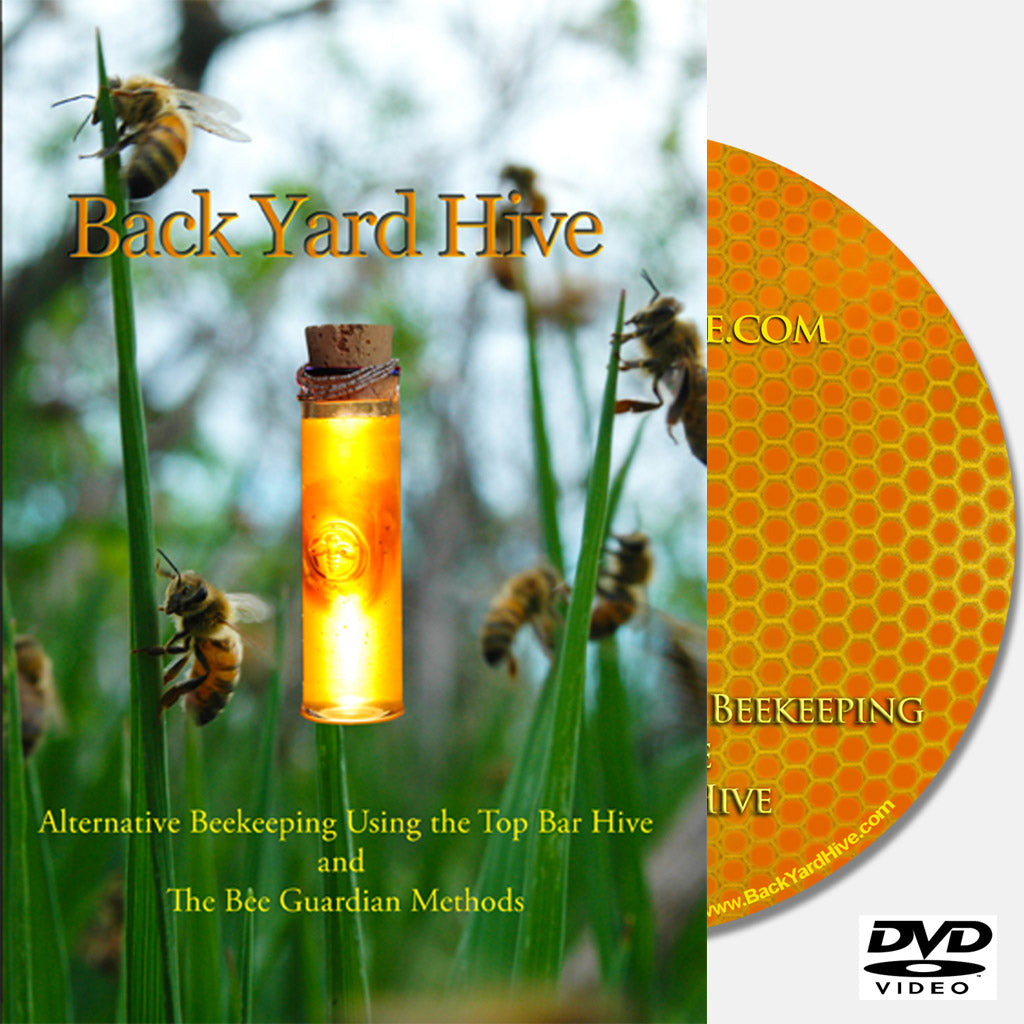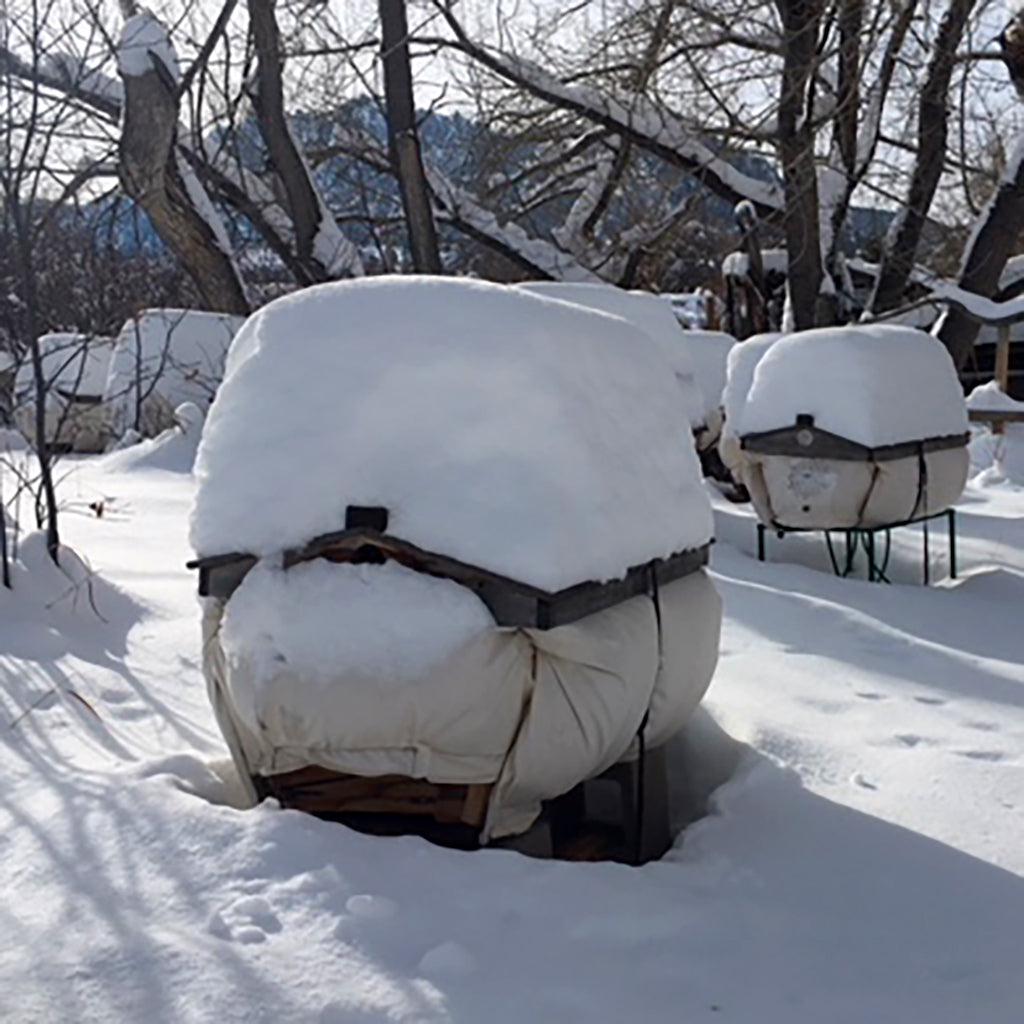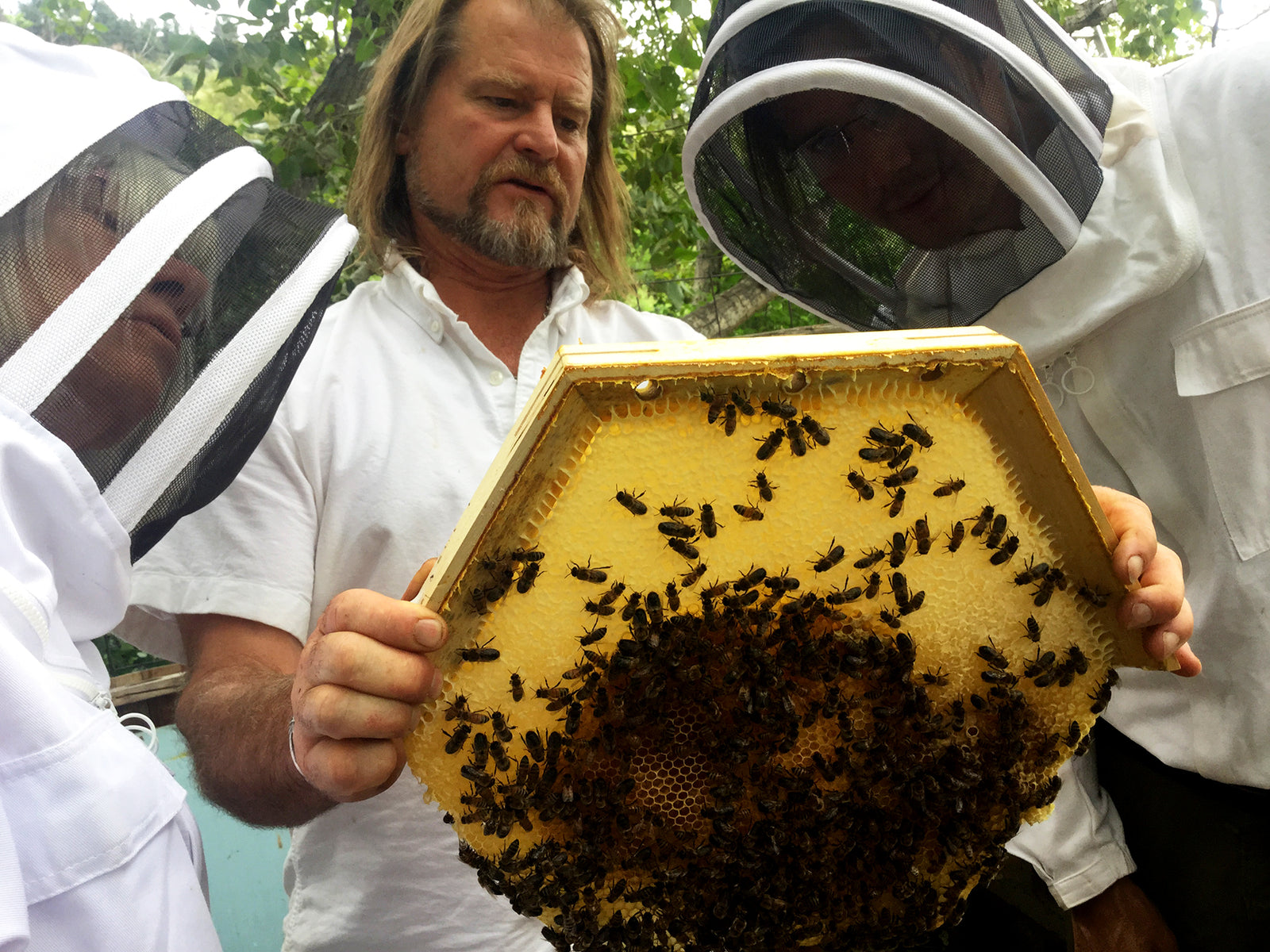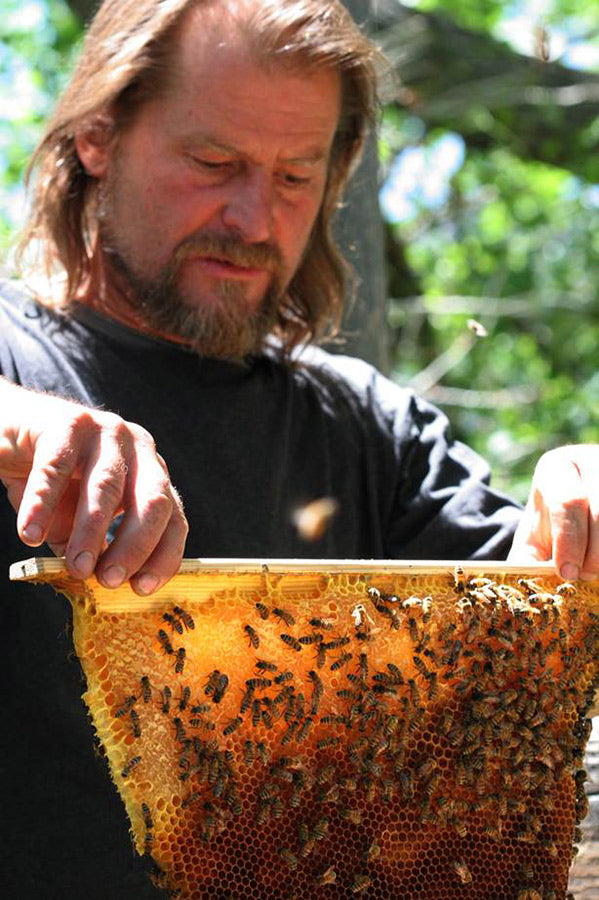In this interview we talk to experts in the field of insulation, we will explore the physics and show how insulation really works and particularly how this protective barrier relates to Beehives in the winter months
Interviewer: I would like to introduce you to a few experts in the field of insulation whose jobs are to keep things either warm or cold. First I would like to introduce R-value. R-value please introduce yourself and tell us a little about what you do... you know, like how you operate?
R-Value: Hi, I'm 'R Value' I'm all about resisting temperature changes, I'm going to resist heat flow or cold flow. My job is to keep temperature changes from happening, I resist them. My 'R' stands for resistance capacity. The bigger the number on my ‘R Value’ package, the more I can resist change in temperatures. It’s important to note that I can't hold heat to be released later, nor do I transfer heat through my resistant barrier. I am what I am, stubborn to temperature flow.
 Interviewer:
Interviewer: So if I were to make a jacket out of say, blue foam board, or fiberglass insulation and the jacket had an R-value of 14 and I put on this blue foam jacket, I know it’s kind of hard to imagine and not very trendy, but then I went outside in the cold and was sitting in the sun, you are telling me I wouldn't feel the radiant warmth of the sun? I would not warm up from the sun?
R-Value: That is correct ! The R-value of the jacket would resist the radiant heat and it would also resist you warming up from your outside environment. If the morning warmed up considerably, your blue foam jacket would still insulate your body from the warmth outside, so you would not feel warm sitting in the sun because the blue foam jacket would be resisting that warmth. You would have to drink some hot tea or run in place to warm up on the inside.
Interviewer: Now if you put this hypothetical blue foam jacket around a beehive, wouldn't the same be true as in the example? Wouldn't the insulation jacket keep the hive from benefiting from a warming environment?, and on the other hand, if the hive could drink a cup of hot tea and it warmed the whole inside of the hive, the colony would feel really warm because the blue foam jacket, wouldn't let the heat escape, right?
R-Value: That's right, if the hive was cold to start with, from say an overnight freeze, it would still be cold as the sun came up, the hive couldn't warm up unless heat was generated inside by the bees. Bees heating up the hive by flexing their wing muscles would be like drinking a cup of hot tea. So to sum it up, a beehive insulated with R-38 insulation would never really get much benefit from the outside warm air, it would have to depend almost completely on generating heat from the inside. The heat transfer of blue foam board or fiberglass insulation is “nearly zero”, it only resists!
Interviewer: There is a formula for R value which is R (Heat Resistivity) over Heat Transfer (heat flow rate intensity). I think is a perfect segue to our next guest, who is your twin brother “Heat Transference”. It is said that you two are exactly opposite and equal to each other, so the higher the R-value (Heat Resistivity) the lower the Heat Transfer rate of an insulation material. With that I would like to introduce Heat Transfer. Thanks for being her today to talk with us about your interesting role in allowing warmth to flow into a beehive. You have the floor!
Heat Transfer: Thank you for having me, I'm Heat Transference. I am an expert in transferring heat from outside to inside and from inside to outside. I am the transfer of energy between objects that are in physical contact, like the wool on a sheep's. So you know, the thickness of insulative material determines the amount of a material’s ability to transfer heat, and this is measured by Fourier's law, Yay! How boring is that! The rule of heat transference that I strictly abide by is thermal equilibrium, I am always seeking to make the inside and the outside equal in temperature, strange right! I do this by conduction which is sometimes called diffusion. Now this is strange, but, spontaneous heat transfer always occurs from a region of high temperature to another region of lower temperature. And I know you know this but this is the second law of thermodynamics !
Interviewer: So would it be fair to say that if I had a very high R-value insulation around a beehive, say R-38, that the honey in the beehive would never be able to be “charged up” with warmth from the sun on a nice warm day in the winter because R- Value would resist or block the warmth from transferring into the hive?
Heat Transfer: Yes, exactly the high R- Value of the insulation would resist the warmth from the outside and the beehive would not warm up or get ‘charged up’. Your next guest, “Heat Capacity” will be explaining how the ‘charging up’ of a material or substance like honey happens, but first I would like to make the analogy of how we work together. Heat Capacity and Heat Transference described in an analogy: think of Heat Capacity as a water tank and the water hose attached to the tank is Heat Transfer. The larger the tank, the larger is it’s Heat Capacity, the larger the hose the larger its Heat Transference. A large tank with a small hose takes a long time to fill up and a long time to empty. A small tank with a large hose fills up fast and empties quickly.
 Interviewer:
Interviewer: That is a great analogy, and with that, would you like to chime in Heat Capacity? It seems that in order for you to do your job in keeping a beehive warm you need Heat Transference?
Heat Capacity: Yes that is exactly right! If the R Value was high, I would never get the warmth from the outside to charge my batteries to store in my “tank”, which in a beehive would be the “thermal mass” of the honeycombs. The bees work all year long to store these honeycombs for winter for a reason, those honeycombs help them stay warm! So remember this before insulating your beehive, the higher the R-value of insulation the less warmth the inside of the hive would receive from the outside since the insulation with only high R value prevents Heat Transfer.
 Interviewer:
Interviewer: Now I'm interested in what kind of materials work best for storing heat. This is fascinating and seems to be key for buffering extreme high and low temperatures which have recently been so devastating for beehive colonies in the winter months.
Heat Capacity: When I encounter hot or cold, I hold on to it. I'm often made from materials that are somewhat dense, heavy or liquid. I am a tree, I am cork, I am wool, I am honey, I am water! When these materials warm up in the sun or warm up on a warm day, I maintain that heat and slowly release it from it’s “tank”. If I get cold I also stay cold for a while. My friend R value has about zero ability to hold onto heat like me. When I receive radiant heat from the sun I retain heat and then slowly release it.
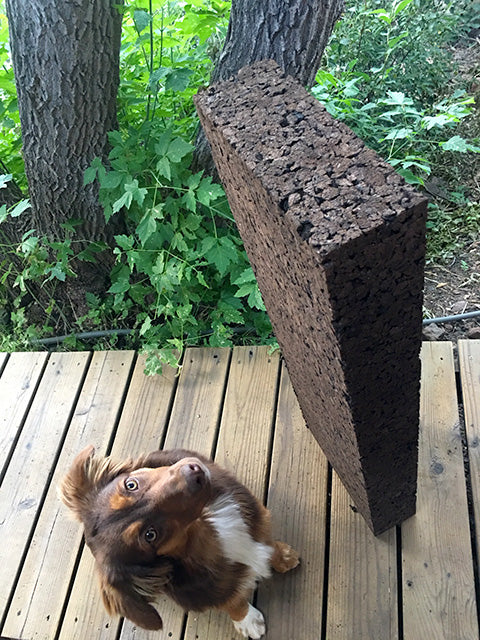
4" Cork
Interviewer: Don't you also go by another name I heard you mention?
Heat Capacity: Yes, I'm also often called Thermal Mass, I am like a battery that holds energy. I hold onto the sun’s energy as warmth from either sunny warm days or from the bees creating warmth inside the hive by flexing their wings muscles. My warmth can also be slowly released overnight. At constant atmospheric pressure, heat supplied to a “heat sink” say honey, would contribute to both the heating up of the honey and the change in the internal temperature of the hive and this my friends is according to the first law of thermodynamics! Now if you had an insulation barrier like wool, the heat would transfer right into the hive and I would be able to store it and slowly release the heat as the temperatures fall over night.
Interviewer: Ok .. so that’s interesting because wool has a good R value and still it allows for very good heat transfer.
Heat Capacity: Yes, This is why wool was created for sheep over millions of years to keep them warm. When the outside environment gets warmed, the warmth transfers to the body of the sheep (between objects that are in physical contact) and that's why when the sun comes out on a cold morning they make the sound baa!
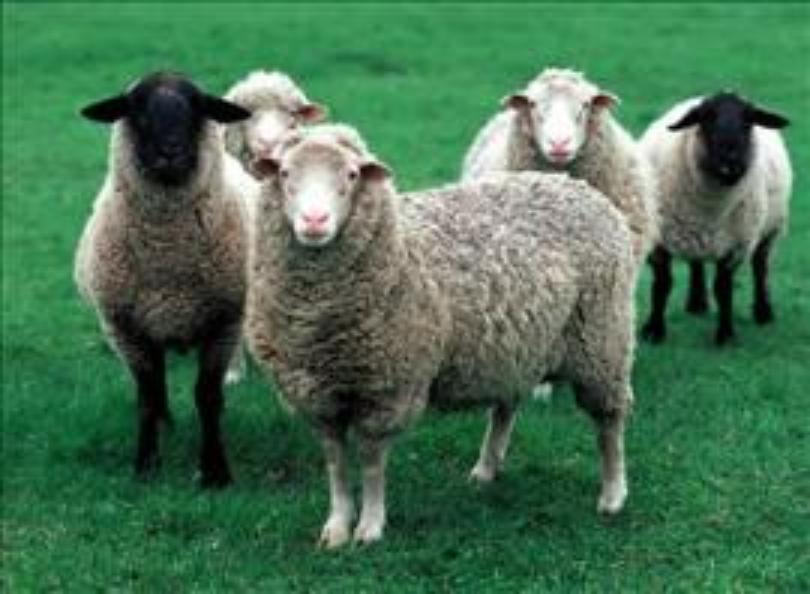 Interviewer:
Interviewer: (laugh)... If I made a sweater of wool, hmm...now that's a novel idea, and sat in the sun in the morning, you can probably imagine what would happen. The sun (radiant heat) and the warming air transferring through the wool sweater would really warm me up quickly and I would need to take off the sweater.
Heat Capacity: True but wool can also keep you cool in warm weather! Wool beats foam insulators on heat capacity: it stays warm on cold days longer and stays cool on hot days longer. You see wool is nature’s sci-fi solution perfected over 120 million years and after trillions of experiments because it also interacts with moisture in a sophisticated way. Wool is naturally able to absorb and release moisture. As wool absorbs moisture from the atmosphere a chemical process in the wool releases heat, warming the body. In cold weather the ‘crimp’ in wool fibers creates tiny pockets of trapped warm air that act as insulators, holding in heat next to the hive body.
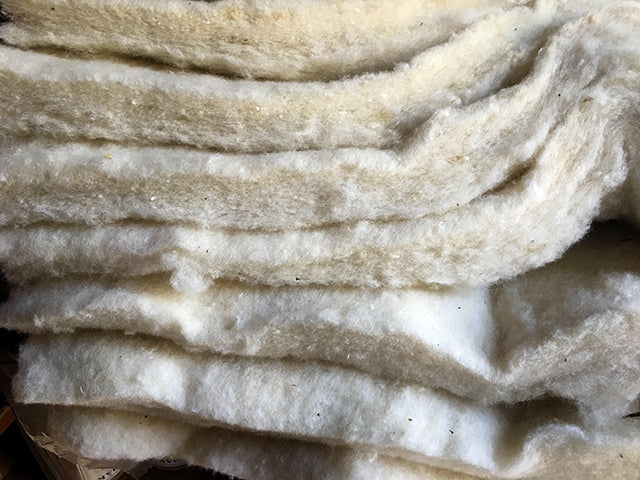 Interviewer:
Interviewer: OK, Wow, now that is like alien technology ! To summarize what I think I've learned here is; the R Value of foam insulation or fiberglass insulation is a flat, one dimensional insulative barrier because it can't hold any heat and it does not let any heat transfer through it. It is a manmade, manufactured artificial insulation that exists because it is cheaper and easier to use in construction then natural fibers. It also suffers from out-gassing and it is not compostable, staying around in the environment for thousands of years.
A better insulation for a beehive would be one has balanced thermodynamic properties that have evolved over millions of years of evolution. It would be a material that has a perfect balance; it would resist some heat loss through (R-value) and would also allow some level of (Heat Transfer) and it would be able to hold heat (Heat Capacity). A tree's layers of wood and bark can resist temperatures and also transfer heat from the sun on a warm day and it can also hold heat creating a buffer to dramatic changes in temperature.
It is no wonder why bees choose a tree cavity to live in? A tree is an excellent insulator from both heat and cold. Cork can resist, transfer and hold heat. Wool can resist, transfer and hold heat. This is why a Cozy Cover layered with wool works so well on insulating a beehive!
 Interviewer:
Interviewer: Well thank you everybody for being here today and sharing your infinite wisdom and helping all the beekeepers out there better understand your capabilities so they can make the right choices in insulating their beehives. Yah for beekeepers and yah for the bees!
Read more about the
Beehive Cozy Cover


